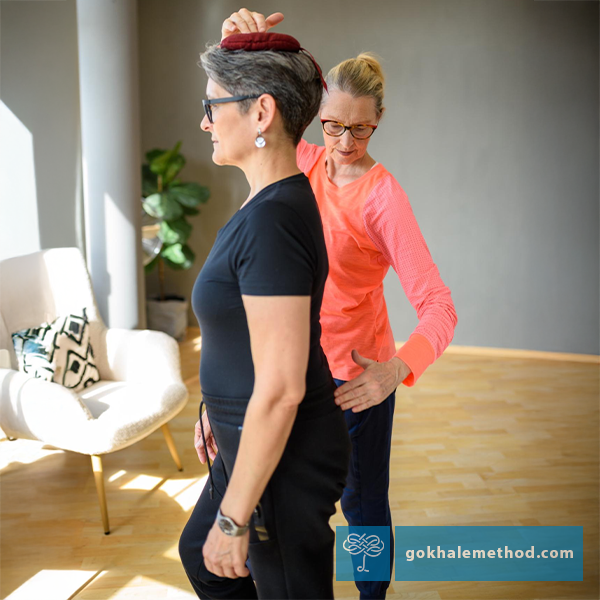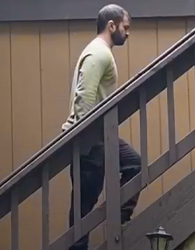Over the decades that our students have gotten out of pain by learning the Gokhale Method®, it has become clear that healthy glutes are essential in this. Well-functioning glutes hold the key to unlocking many poor postural habits, and contribute to better biomechanics and movement. Good glute function will often solve pain and enable healing in apparently unconnected areas of the body. Let’s take a look at some of the common, and sometimes surprising, aches and pains that respond to our glute training…
How to Climb Stairs Part 1: Onward and Upward
Few of us, wheelchair users excepted, pass a day without climbing steps or stairs. Students often ask if posture has any bearing on how best to do this—and the answer is yes! Our approach to pain-free, healthy posture works precisely because it helps you with all your daily activities. This blog post is the first of several containing introductory tips for using steps and stairs. We will focus here on how to power yourself upward.
Steps and stairs—the benefits
If you are looking to maintain or improve your cardio fitness and lower body strength, climbing steps and stairs will check that box. For example, this could be opting for the stairs rather than the elevator at work.


